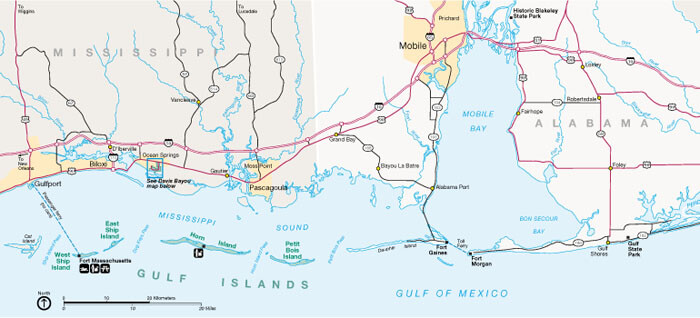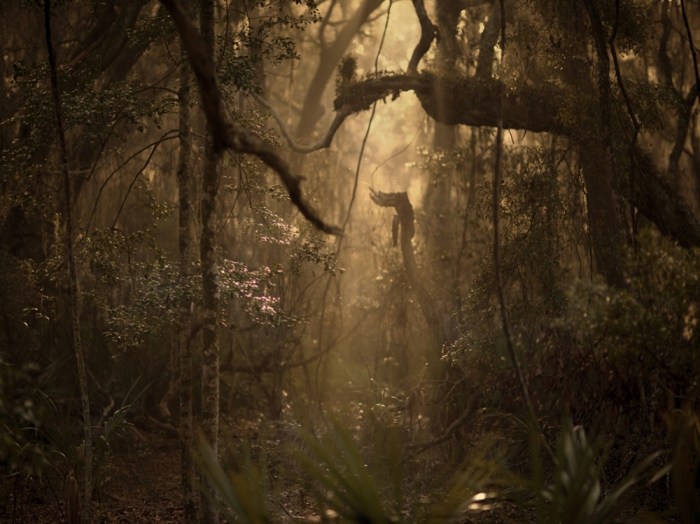Prepare to delve into the poignant realm of “Elegy for the Native Guards,” a literary masterpiece that captures the complexities of loss, grief, and the search for identity. John Wieners, a poet deeply connected to the Native American community, weaves a tapestry of words that resonate with profound emotion and historical significance.
As we embark on this literary journey, we will unravel the poem’s intricate structure, discover the power of its imagery and symbolism, and explore the enduring themes that continue to resonate with readers today.
Historical Context

The poem “Elegy for the Native Guards” by John Wieners was inspired by the historical events surrounding the Wounded Knee Massacre of 1890, a tragic incident that took place on the Pine Ridge Indian Reservation in South Dakota.
Wounded Knee Massacre
The Wounded Knee Massacre was a violent confrontation between the United States Army and the Lakota Sioux people. The massacre occurred on December 29, 1890, and resulted in the deaths of over 300 Lakota men, women, and children. The event was a culmination of years of tension between the Lakota and the US government, fueled by the government’s efforts to assimilate the Lakota into white society and to control their land.
John Wieners’ Connection to the Native American Community
John Wieners, the author of “Elegy for the Native Guards,” was a poet who had a deep connection to the Native American community. He spent time living among the Navajo and Hopi peoples, and his experiences with them influenced his writing.
Wieners was particularly drawn to the Lakota people and their struggle for survival in the face of government oppression.
Elegy for the Native Guards, a poignant tribute to fallen soldiers, resonates with the enduring power of memory. Just as do hippos possess remarkable memory , the sacrifices of these brave guards live on in the hearts and minds of their comrades and countrymen, forever etched in the tapestry of history.
Literary Analysis: Elegy For The Native Guards
The structure of “Elegy for the Native Guards” is intricate and deliberate, contributing to the poem’s emotional impact. It consists of six stanzas, each containing 10 lines, following an ABAB CDCD EE rhyme scheme.
Meter
The poem employs iambic pentameter, with each line consisting of 10 stressed and unstressed syllables in an alternating pattern. This rhythmic structure creates a solemn and stately tone, befitting the elegiac nature of the poem.
Imagery
Dunbar’s vivid imagery evokes the horrors of war and the sacrifices made by the Native Guards. The opening lines, “Dark as the night that covers me, / Black as the pit from pole to pole,” establish a sense of darkness and despair.
Symbolism
The poem is rich in symbolism. The “Native Guards” represent not only the African American soldiers who fought in the Civil War but also the resilience and determination of all marginalized groups.
Metaphor
Dunbar uses extended metaphors to convey the soldiers’ suffering. In the fourth stanza, he compares their wounds to “stars upon the breast of night,” suggesting their valor and the tragic cost of war.
Themes and Motifs

The poem explores profound themes of loss, grief, and the complexities of identity, reflecting the impact of war on individuals and communities.
Recurring motifs contribute to the poem’s overall meaning, such as the use of imagery related to nature, memory, and the human body.
Loss and Grief
- The poem captures the intense pain and sorrow experienced by those who have lost loved ones in war.
- The imagery of “fallen comrades” and “empty spaces” conveys the profound sense of loss and the void left behind.
Identity
- The poem delves into the complexities of identity, exploring how war can both shape and shatter one’s sense of self.
- The soldiers in the poem struggle to reconcile their past identities with the trauma they have endured, leading to feelings of alienation and disconnection.
Nature
- The poem frequently evokes images of nature, such as “the wind” and “the sea,” to symbolize the enduring power of life and the healing potential of the natural world.
- Nature provides a sanctuary for the soldiers, offering a sense of peace and solace amidst the chaos of war.
Memory
- The poem emphasizes the importance of memory in preserving the legacy of those who have fallen.
- The soldiers’ memories of their comrades serve as a way to keep their spirits alive and to honor their sacrifice.
The Human Body
- The poem often uses imagery related to the human body, such as “wounds” and “scars,” to convey the physical and emotional toll of war.
- The soldiers’ bodies bear witness to the horrors they have endured, serving as a reminder of the lasting impact of conflict.
Cultural Significance

Scott Momaday’s “Elegy for the Native Guards” has had a profound impact on Native American literature and the broader American literary landscape. It has contributed to the growing body of Native American literature, providing a unique and authentic voice to the experiences and perspectives of Native Americans.
Role in Shaping Perceptions
The poem has played a significant role in shaping perceptions of Native American history and culture. By highlighting the experiences and sacrifices of Native American soldiers during the Civil War, it challenges the traditional narrative that often marginalizes or ignores Native American contributions to American history.
Contemporary Relevance

In contemporary society, Elegy for the Native Guardsremains a poignant and resonant work, offering insights into ongoing struggles for social justice, cultural identity, and Native American rights.
Social Justice and Indigenous Rights
The poem’s exploration of the injustices faced by Native American soldiers during the Civil War and the broader history of oppression parallels contemporary discussions about racial inequality and systemic racism. It serves as a reminder of the ongoing need for social justice and the recognition of the rights and dignity of all marginalized communities.
Cultural Identity and Native American Heritage, Elegy for the native guards
The poem celebrates the resilience and cultural heritage of Native Americans, highlighting their contributions to American history and society. It encourages readers to question stereotypical representations of Native Americans and to recognize the diversity and richness of their cultures.
Enduring Significance
Elegy for the Native Guardscontinues to resonate with readers today due to its powerful and evocative language, its exploration of universal themes of loss, sacrifice, and the search for identity, and its relevance to contemporary issues. It serves as a reminder of the historical and ongoing struggles faced by marginalized communities and the importance of empathy, understanding, and social justice.
Key Questions Answered
Who was John Wieners?
John Wieners was a Beat Generation poet who was deeply connected to the Native American community through his mother’s heritage.
What is the main theme of “Elegy for the Native Guards”?
The main theme of the poem is the loss and grief experienced by Native Americans due to colonization and assimilation.
How does the poem explore the complexities of identity?
The poem explores the complexities of identity through its portrayal of the Native American soldiers who fought in the Civil War and the challenges they faced in reconciling their Native American heritage with their American citizenship.